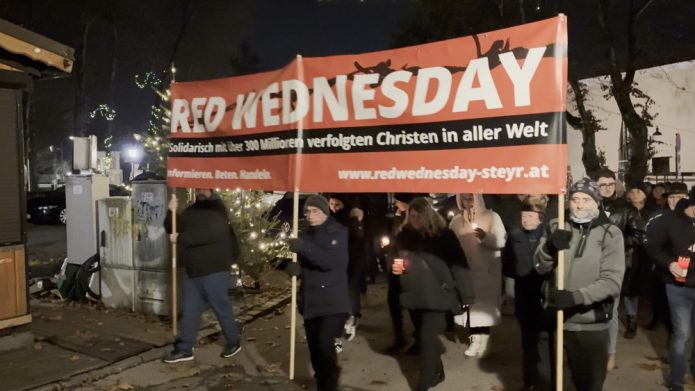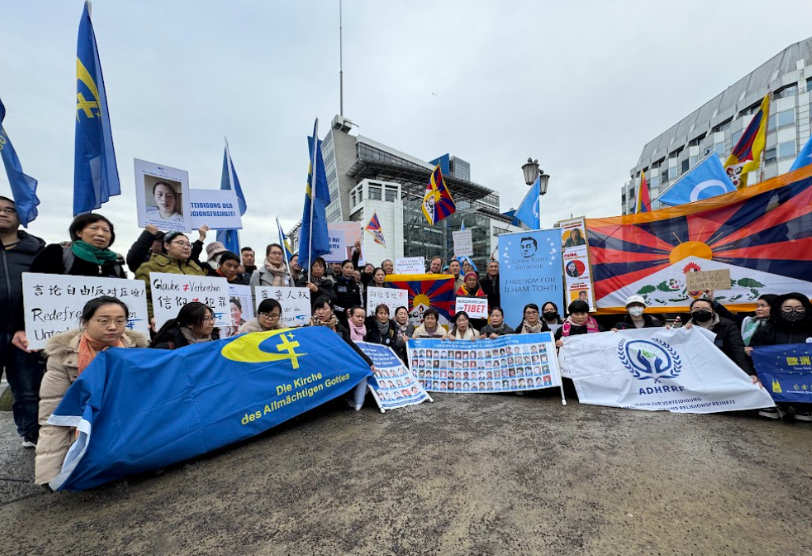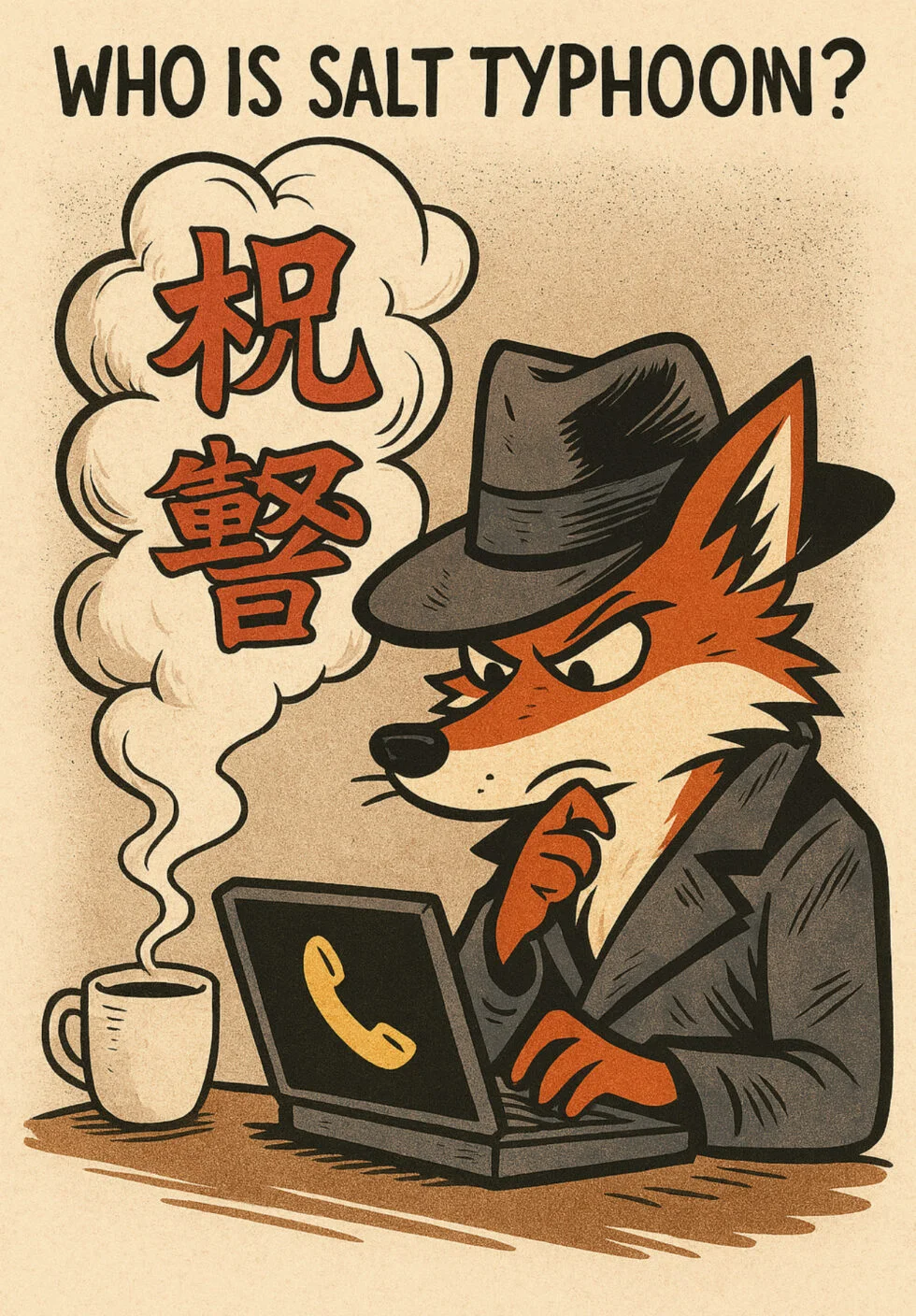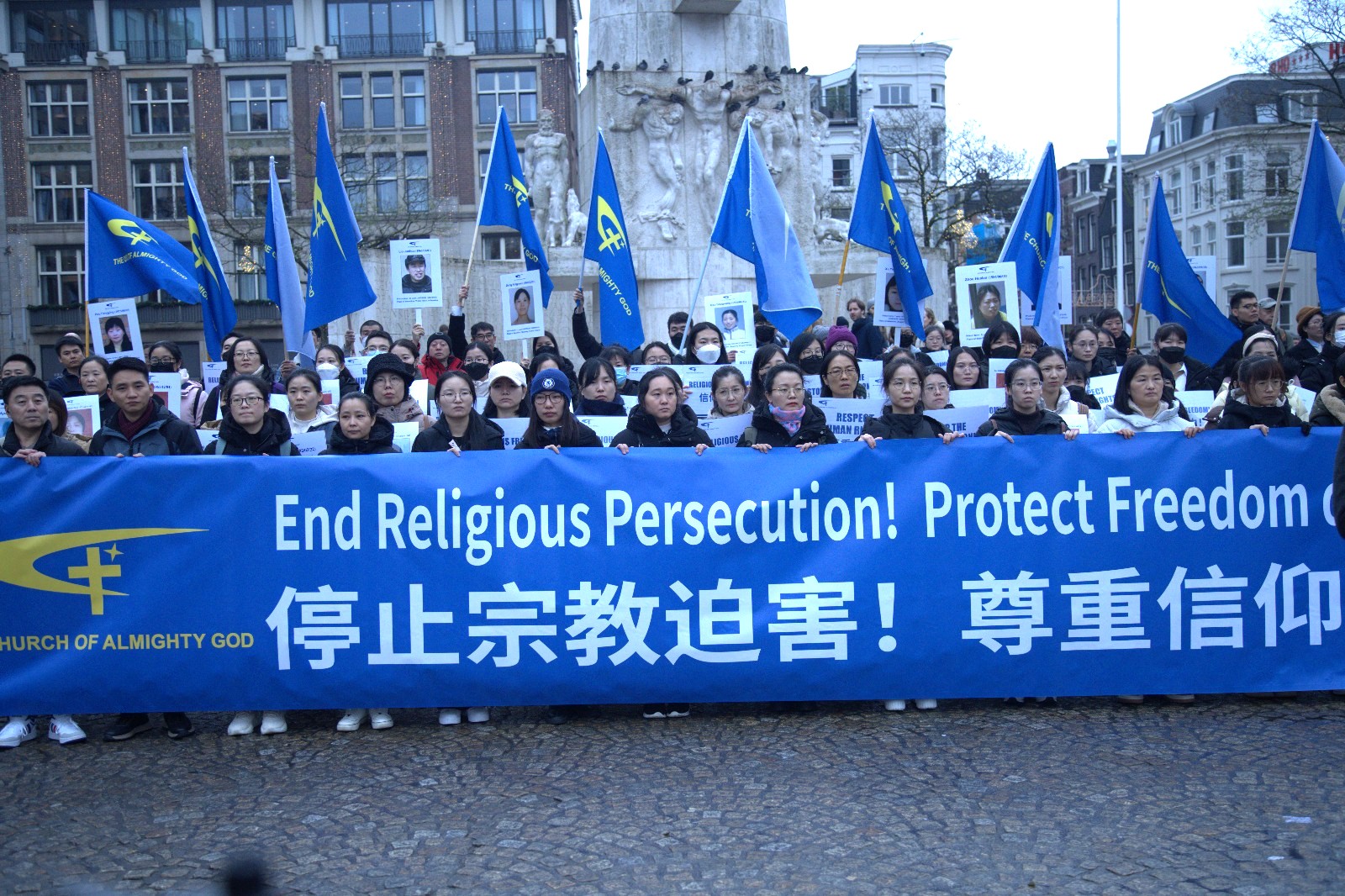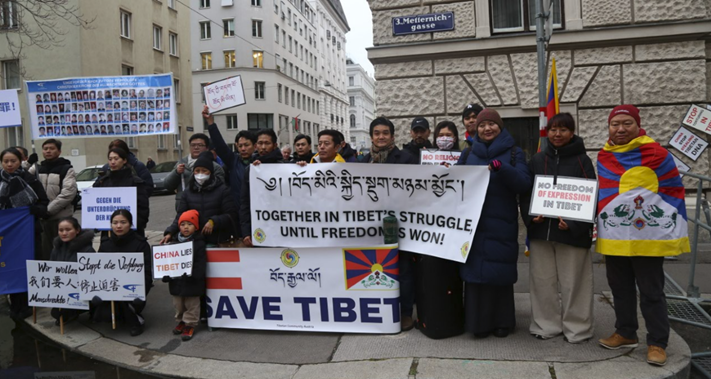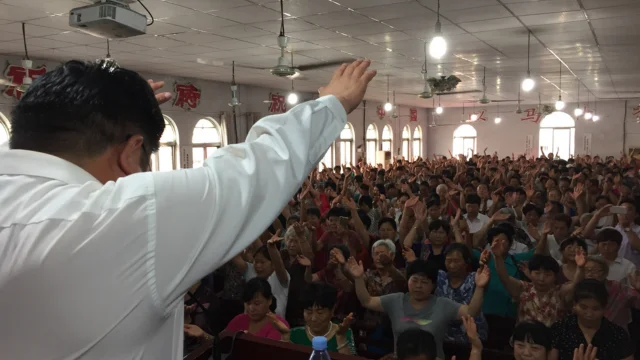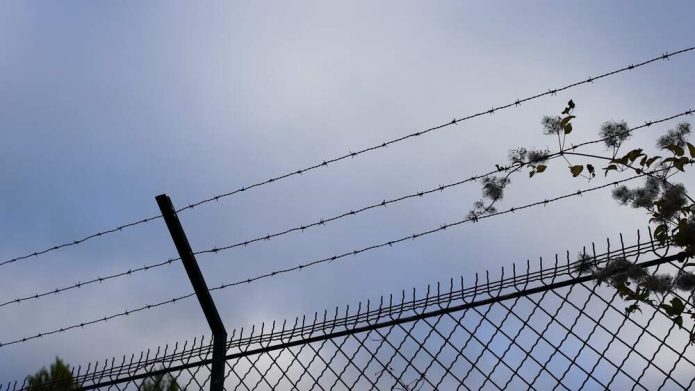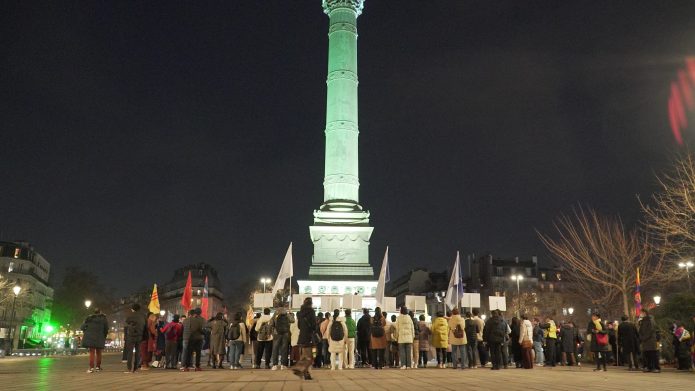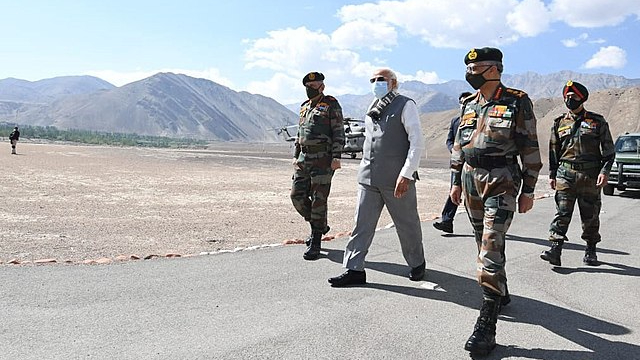
Indian Prime Minister Narendra Modi said the “age of expansionism” is over as he lauded the bravery of Indian troops during a surprise visit to the Himalayan region of Ladakh, where thousands of soldiers are deployed amid a tense standoff with China.
In an oblique reference to Beijing, the Indian leader told troops stationed along icy, inhospitable mountain ranges that “this is an era of development. History is witness that expansionist forces either lost or were forced to turn back.”
Modi’s surprise visit, announced only after he landed in Ladakh, is seen both as a message to China and a morale booster for the thousands of troops who are standing in close confrontation with Chinese troops along their disputed border.
The Indian leader’s visit to a military base in Ladakh came two weeks after the death of 20 Indian soldiers in a clash with Chinese troops that triggered the worst tensions in decades between the nuclear-armed Asian countries.
The deadly confrontation followed tensions that had been building since May when Indian officials accused Chinese soldiers of entering Indian-controlled territory at three places along their Himalayan frontier and erecting tents and other structures. Beijing has denied any incursions into India.
Striking a nationalist note during his address to soldiers, Modi said that they had “given a befitting reply to people who attempted to conquer. The enemies of India have seen your fire and fury.”
The Indian leader said that India has always pursued the path of peace “but those who are weak can never initiate peace. Bravery and courage is a prerequisite for peace.”
Modi was accompanied by the head of India’s military and army chief.
India, China talks
In Beijing, the Chinese Foreign Ministry underlined that both sides have been engaged in negotiations.
“India and China are in communication and negotiations on lowering the temperatures through military and diplomatic channels. No party should engage in any action that may escalate the situation at this point,” Foreign Ministry spokesman Zhao Lijian told a press briefing.
Both India and China have emphasized the need for de-escalation of tensions and disengagement of troops but there has been no breakthrough in diplomatic and military talks. The latest round of talks between army commanders concluded earlier this week.
Besides the Galwan Valley, where the clash between Indian and Chinese soldiers took place in mid-June, armies of the two countries are confronting each other at several stretches along the disputed border.
Fighter jets
With tensions showing no signs of easing, India is stepping up to equip its military.
The Indian government on Thursday approved the purchase of 33 Russian fighter jets and upgrades to another 59 planes to strengthen its air force. The Defense Ministry said the $2.4 billion deal was an attempt to address the “long felt need of the Air Force to increase its fighter squadrons.”
During a recent visit to Moscow, Defense Minister Rajnath Singh had asked Russia to speed up the deliveries of the planes. A substantial part of Indian defense equipment is of Russian origin, although in recent years it has stepped up purchases from the United States and Israel.
In Washington, President Donald Trump weighed in on the India-China tensions this week.
White House Press Secretary Kayleigh McEnany on Wednesday quoted the president as saying that “China’s aggressive stance along the India-China border fits with a larger pattern of Chinese aggression in other parts of the world and these actions only confirm the true nature of the Chinese Communist Party.”
She said that the U.S. leader is closely monitoring the situation and had expressed hopes of a peaceful resolution.
Source: VOA



